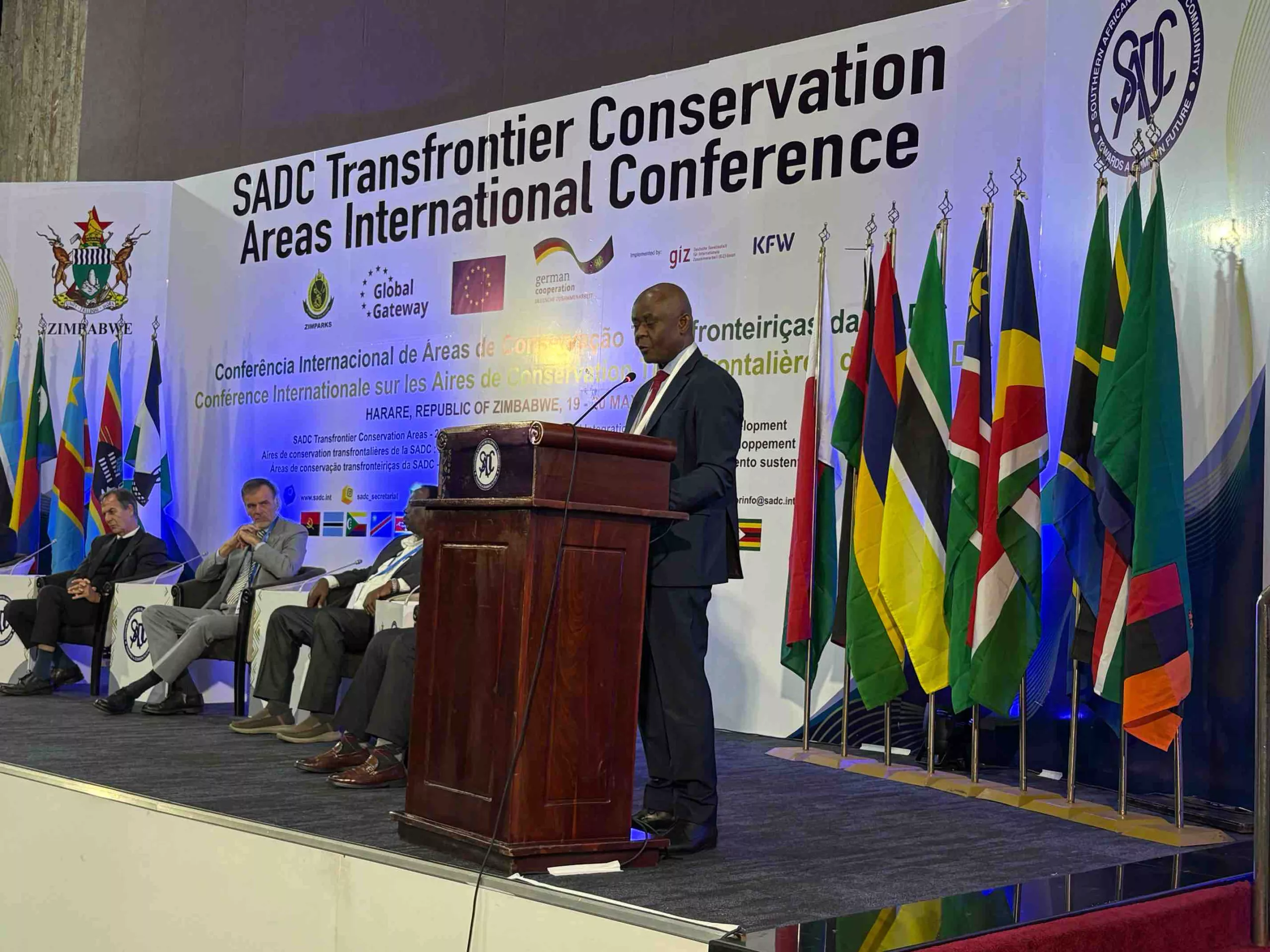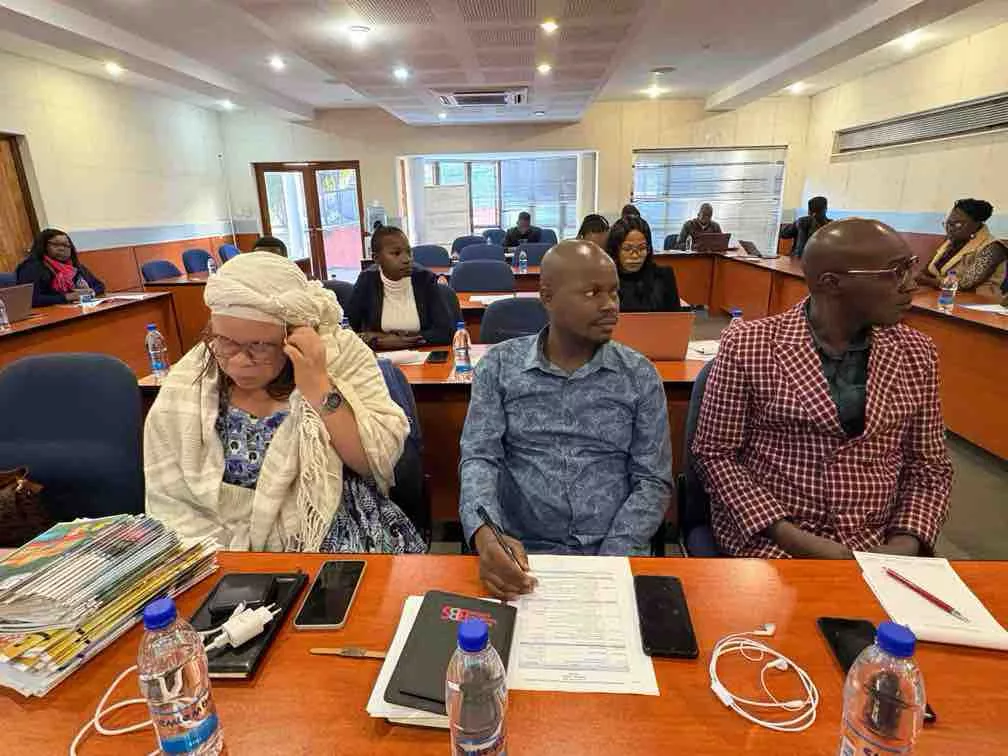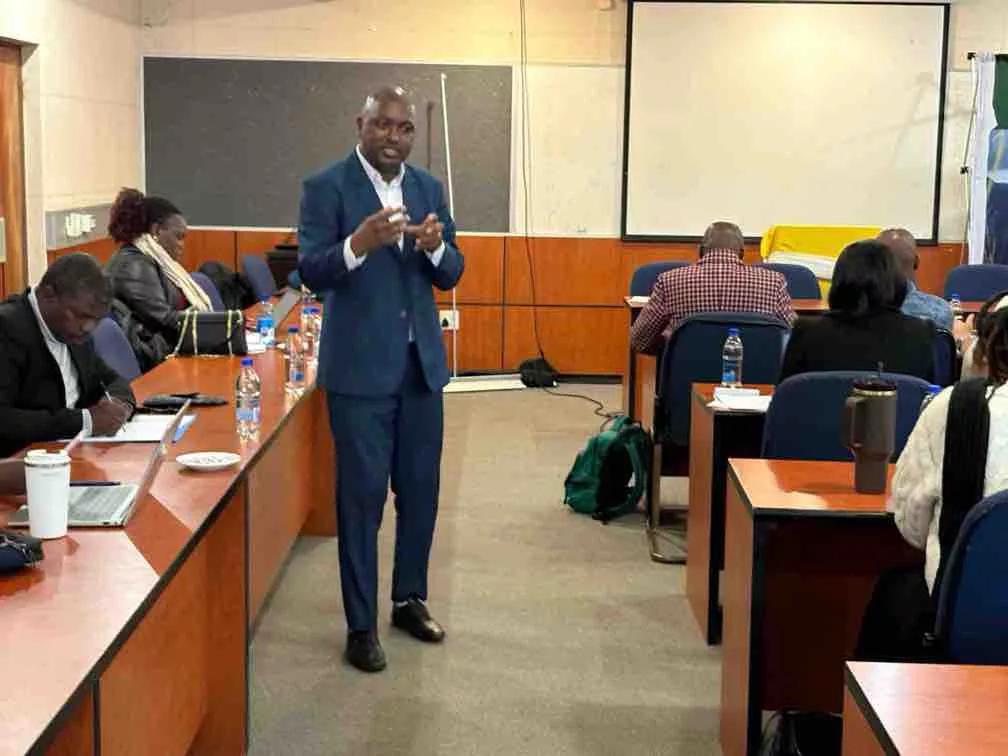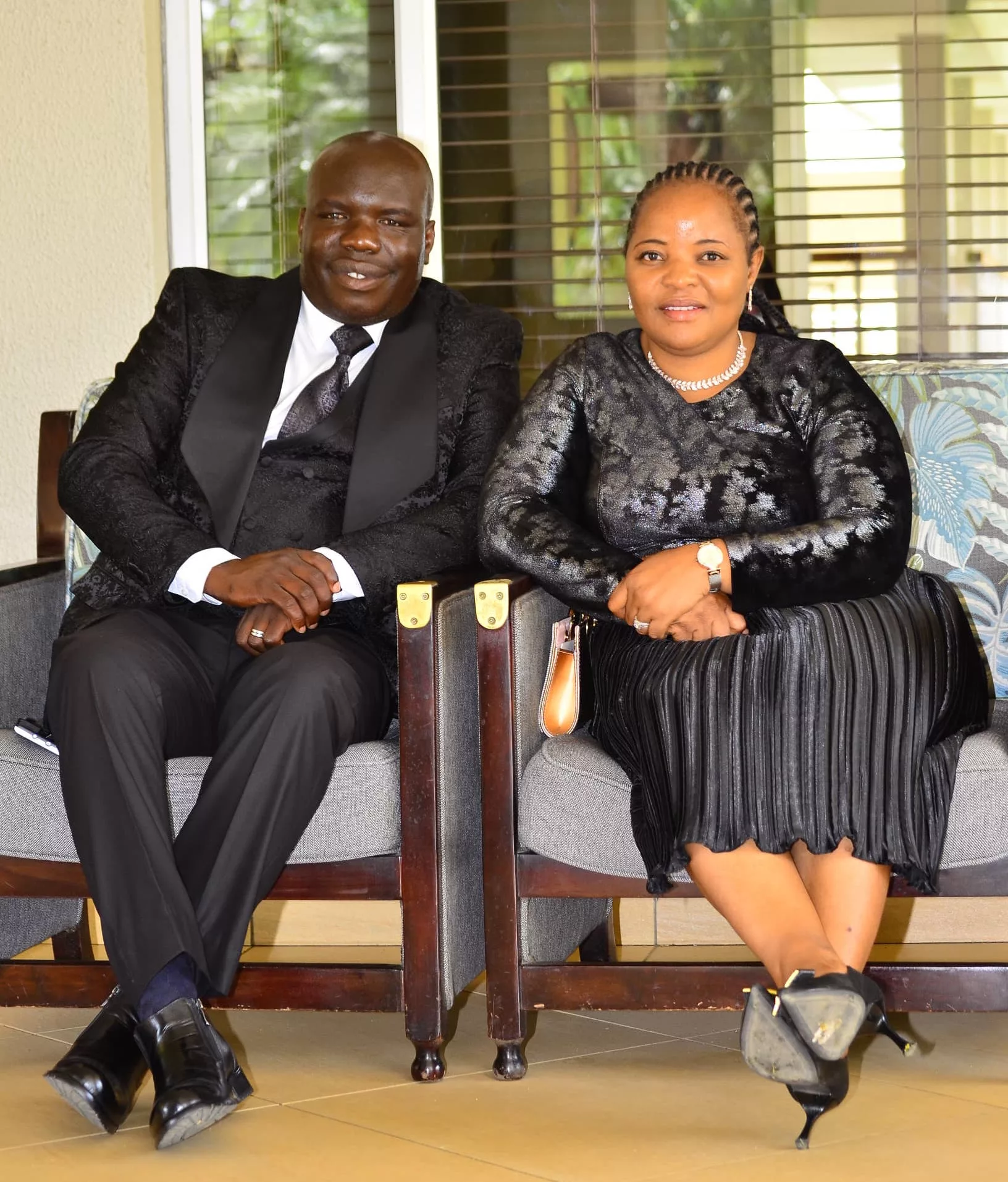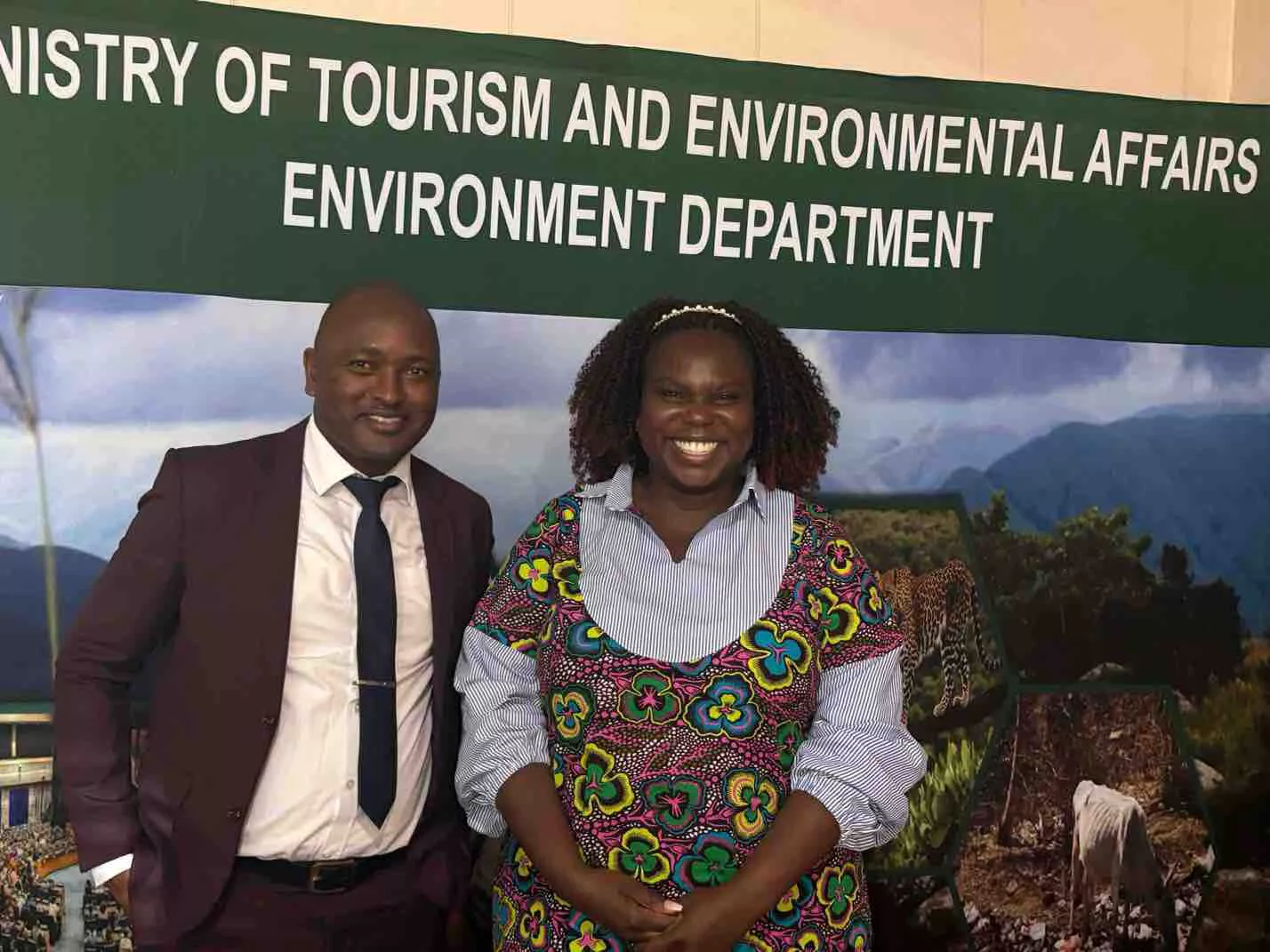|
Getting your Trinity Audio player ready...
|
Member states of the Southern African Development Community (SADC) have been urged to uphold collective commitment to transboundary cooperation under the regional bloc’s Transfrontier Conservation Areas (TFCAs).
Addressing the SADC TFCAs International Conference at the Rainbow Towers Hotel in his welcome remarks in Harare today, Ambassador Tadeous Tafirenyika Chifamba, the Permanent Secretary for Environment, Climate, and Wildlife, urged stakeholders not to lose sight of the need to harmonise various frameworks as part of the transboundary collaboration.
The conference is being held under the theme “SADC Transfrontier Conservation Areas: 25 Years of Cooperation for Regional Integration and Sustainable Development” and is premised on the five goals as outlined in the SADC TFCA Programme (2023–2033).
“As we gather today, we do so with a shared vision: to foster integrated and effective management of our transboundary landscapes and seascapes, ensuring that they thrive for generations to come. Ladies and Gentlemen, this conference presents an opportunity to discuss critical areas that are essential to the success of TFCAs in our region.
“Our TFCAs will serve no purpose if they do not prioritise the well-being and livelihoods of local communities. Therefore, I call upon the SADC Member States to create a robust framework that supports both ecological and human prosperity. This can be achieved by strengthening governance, fostering multi-sector partnerships, and advancing regional integration,” Ambassador Chifamba said.
In his keynote address, Domingos Zefanias Gove, the Director of Food Agriculture and Natural Resources (FANR) at the Southern African Development Community (SADC) Secretariat said wildlife resources not only underpin biodiversity but also support community livelihoods and tourism revenues.
He, however, warned that an increase in wildlife, coupled with an increase in the number of human populations, results in increased Human-Wildlife Conflicts.
As a panacea, Mr Gove said there is a need to ensure that the carrying capacity of TFCAs is maintained to avoid ecological imbalances. He said the SADC region must promote sustainable use of wildlife species populations that have recovered.
“And for that, it is critical that the capacity of the Region to collectively influence the decision-making process at CITES, informed by the SADC Cites Engagement Strategy, is urgently secured, so that the biodiversity gains are not done at the expense of human lives and their livelihoods (tens of people are killed by wildlife every year in several SADC Member States, partly due to biodiversity gains) and ecosystem balance.
“Otherwise our conservation work and gains will not be sustainable (if we don’t adopt human-centered conservation approaches, we will not sustain our conservation efforts); develop tailor-made, practical, and effective approaches to address increased human-wildlife conflicts involving all the relevant sectors and not only conservation authorities. This should include infrastructure (water, energy, road), health, education, territorial planning, etc,” he said.
The other challenge is that elephant poaching surged to a peak in 2011, when tens of thousands were killed continent-wide, and, although poaching rates have declined since then, levels remain worryingly high in parts of Southern Africa. At least 8,000 African rhinos were poached in the last decade, and one rhino is still being killed nearly every day.
For example, in South Africa – which is home to the largest rhino population – 451 rhinos were poached in 2021. These illegal losses directly threaten the region’s conservation gains. Meanwhile, a related policy issue is the management of ivory stockpiles accumulated from natural elephant mortality and anti-poaching seizures. SADC Member States, like Zimbabwe, argue that their elephant populations are growing ~5– 8% annually (an unsustainable rate for available habitat) and have stockpiled about 130 tonnes of ivory (worth an estimated US$600 million).
However, the international ban under CITES on ivory sales remains in place, limiting revenue for conservation and fueling debate on sustainable use. The region should continue to advocate CITES for decisions that recognize its successful elephant management, using its CITES Engagement Strategy.
Southern Africa has been experiencing one of the highest deforestation rates in Africa. The region loses around 0.6% of its forest cover each year, contributing roughly 31% of Africa’s total deforested area annually. Key drivers include rural poverty and population growth (leading to expansion of small-scale agriculture), unsustainable shifting cultivation, high dependence on fuelwood, illegal logging, and infrastructure development. As a result, forest degradation is widespread: between 2010 and 2020, SADC countries collectively accounted for over half of Africa’s biomass carbon loss from deforestation. This trend not only threatens biodiversity but also exacerbates climate change and desertification.
Mr Gove said the accomplishments achieved so far in TFCAs are increasingly challenged by insecure and unsustainable financing mechanisms. Put simply, the ambitions will not sustainably progress if they are not backed by reliable funding. It is imperative that stakeholders prioritize and mainstream sustainable financing strategies across all TFCAs.
He said one of the ways is to adequately mainstream tourism revenues into conservation and human development.
Tourism is recognized as one of SADC’s economic cornerstones and a driver of inclusive growth. Before the COVID-19 pandemic, travel and tourism in Southern Africa were on a strong upward trajectory. In 2017, the sector directly contributed 2.8% of SADC’s GDP (US$19.4 billion), and about 8% (US$56 billion) of GDP, when including indirect and induced effects. It directly supported ~2.5 million jobs and altogether accounted for over 6.3 million jobs in the region – underpinning livelihoods across hospitality, transport, and attraction services. Many SADC economies, especially those rich in wildlife and natural beauty, rely heavily on tourism for foreign exchange earnings. For example, tourism contributes around 17% of GDP in Tanzania and remains the largest forex earner, while Botswana’s renowned ecotourism in the Okavango Delta sustains thousands of jobs and community development projects.
“In addition to international visitors, intra-regional tourism is significant: Africans traveling within Africa comprised 44% of the continent’s tourist arrivals in 2019. In Southern Africa, regional travelers (from neighboring SADC countries) form a large portion of tourists – for instance, the majority of arrivals in South Africa are from SADC states, underscoring the importance of easy cross-border travel. In this regard, the current process to expand the KAZA Univisa to all SADC Member States through the SADC Univisa, currently being considered for piloting, is a very urgent matter.”
Addressing the same gathering, the Country Director for the World Wide Fund for Nature (WWF) Zimbabwe, Mr. Itai Chibaya, reiterated the importance of TFCAs in promoting nature-based tourism.
“After all, nature-based tourism is the only industry where your star employees—like lions and elephants—don’t ask for a salary, yet contribute up to 10% of GDP in several SADC countries and support over 3 million jobs—many of them for youth and women. With the right investments in infrastructure and peace, the potential in places like KAZA could multiply fivefold. Together with communities and partners, WWF is helping grow inclusive, locally led ecotourism that keeps value in the village—not just the capital city.
“Yet even as we celebrate, we must confront the hard truths. Climate change is drying rivers, shifting wildlife movement, and compounding human-wildlife conflict. Expanding infrastructure such as mining and land-use change important to economic development continue to fragment critical corridors. Uncertainty with funding sources, under-resourced conservation efforts, and insufficient community benefit-sharing threaten the long-term viability of this shared vision,” Mr Chibaya said.


